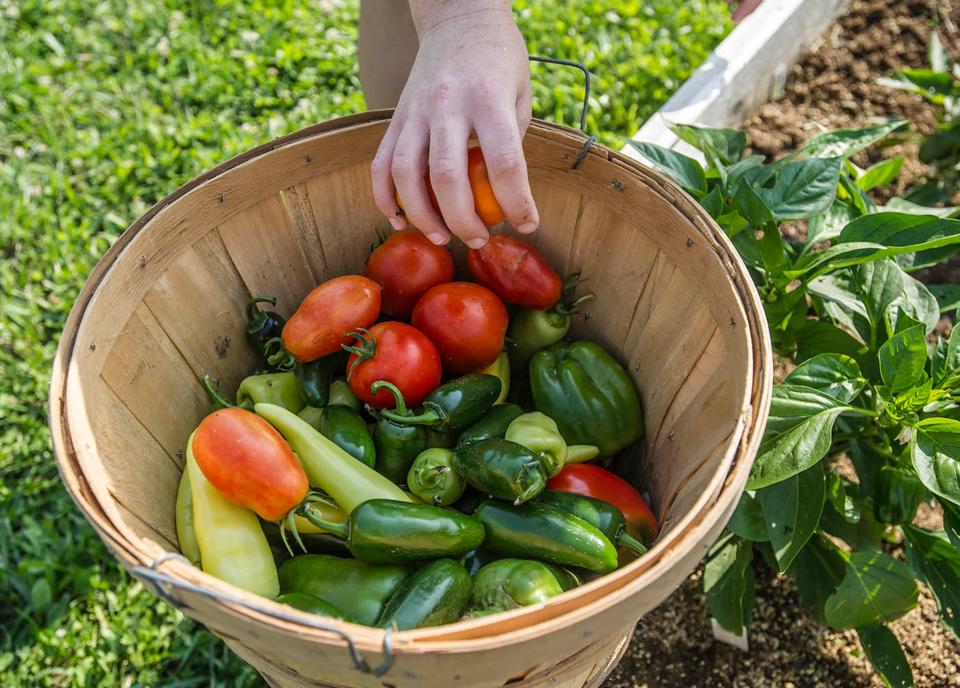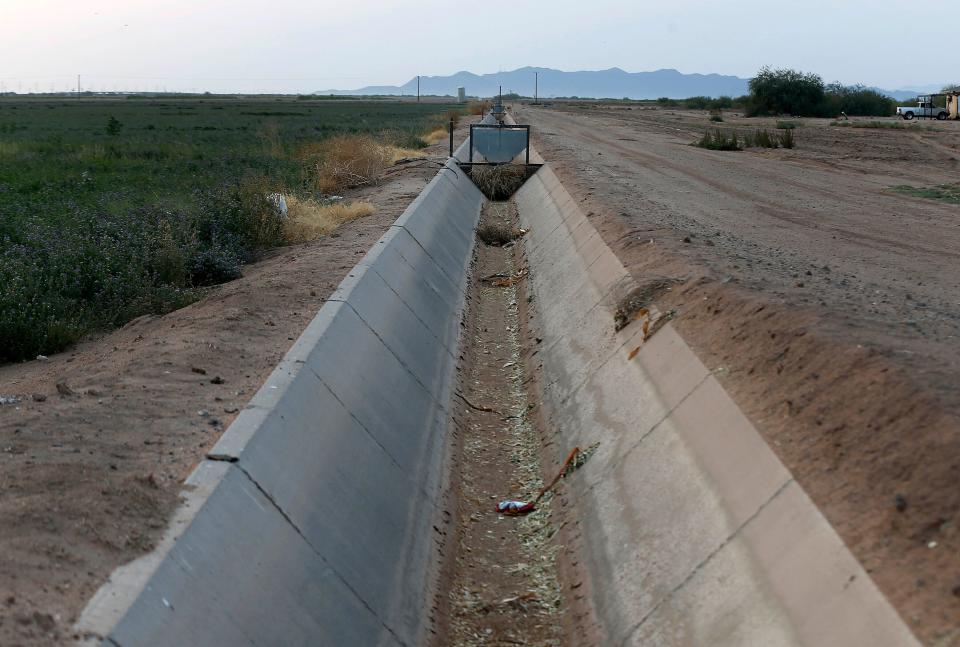Water is drying up. We need to change the way we eat so we can change the way we farm.
My family comes from Kentucky, and I saw what happened with coal. The region put its heart and soul and the health of its people and economy into one resource. And the region’s families suffered greatly for it.
I think about coal a lot when I see how little attention the public and politicians now pay to the worsening water shortages in the West and Southwest. We’re running out of water. There has been talk about building a pipeline from the East, where we seem to be continually soaked, to the West. But just as coal has proved difficult to save, so will agriculture in drought-parched environments.
So I have some thoughts for those farmers in California’s Central Valley, lessons hard-learned in coal country. Diversify your economy, fast. And when you farm, look for the best systems for water reuse so you don’t suddenly find yourself shut off from the one resource you can’t do without.
Because if you don’t change the way you use water, you too could become a ghost town.
If that happens, we all suffer.
Food supply chain
California produces two-thirds of the country’s fruits and nuts and more than a third of the vegetables we eat. Within 30 years, the San Joaquin Valley, which accounts for more than half of the state’s agricultural output, could have as many as 85 days that are hotter than 95 degrees, compared with the 44 days that have been typical. About 90% of our leafy greens are grown in Arizona and California. Greens can’t grow in those conditions.
How will climate change affect your life? Here's what USA TODAY Opinion contributors say.
Although America is still an agricultural power, we now import almost as much as we export. Half of all fruit is imported and a third of all vegetables. Between 2000 and 2016, we tripled net tomato imports, according to a University of Florida report.
Tomatoes.
We’re not talking about papayas or coffee, but about something is grown in many backyards.

This is obviously injurious to American farmers; worse it’s not sustainable. We can’t keep outsourcing agricultural production to different parts of the world. During the pandemic, long supply chain problems left grocery shelves empty of the food consumers need. At some point, they could be empty of food people need to live.
A hamburger costs 660 gallons of water
Right now, we must focus public attention on water shortage and incentivize conservation efforts. Just as consumers have driven change in other parts of the economy, they could help drive a reckoning around water.
Beef consumption is gradually declining, because of concerns about health, cost and its impact on the environment in terms of greenhouse gasses.
We need to look at how we spend our money on items that have large water consequences, too. A hamburger on a roll with lettuce and tomato requires 660 gallons of water, according to the Water Footprint Calculator. A salad takes 21. If we required that information on packaging, people might find it easier to make choices to benefit the planet.
We also need to redirect farm subsidies to encourage water conservation. In 2020, $20 billion was paid out to farmers in subsidies that sometimes encourage water waste, and the word subsidies was linked to this as supporting evidence:
Farmers are encouraged to grow crops without any attention paid to the water costs of what is being subsidized. Rather than incentivizing wasteful water use, the farm bill could reward water conservation.
USA TODAY Editorial: Climate change is at 'code red' status for the planet, and inaction is no longer an option
Farmers are smart and always respond to incentives. They use excess water now because the water is made affordable. But that can’t continue. The water is simply drying up.

Climate change bigger threat than war
Controlled-environment agriculture, which is my field, isn’t the only kind of innovative approach we need to save resources, but it can help. Right now, there are about 2,500 acres under glass in this country, much of it in areas blessed with rain. We need 20,000 acres just to displace the vine crops brought in from Mexico. We need these farms to be close to markets, so we don’t waste so much time and money and damage the environment in transportation.
Reducing food miles counts toward helping solve other problems. This won’t be our last pandemic. We need a local supply chain, so we don’t have to count on getting food across borders. These indoor farmers could rise on land currently occupied by empty malls near dense cities, in huge offices that are likely to go dark and stay that way with the shift toward working from home.
Creating more farmland is not the solution, because that releases carbon and often encourages other unsustainable practices. We must make current farmland as productive as possible and use our water efficiently. At a certain point that will be an imperative, not a desire.
My year as a subsistence farmer: The supply chain crisis reached even me
Before I got into farming, I worked on solar projects for the government. We talked often about energy security, but I kept reading that food security was a greater danger, that civilizations could collapse without easy access to water and food. I became inspired with the model of the Netherlands, of developing agriculture under glass that uses far fewer harsh chemicals and up to 90% less water than is typical. The Netherlands was forced to be creative after World War II, when tens of thousands of people died and millions more suffered from malnutrition because parts of the country relied on imported food.
Climate change (and the water shortages that plague agriculture) pose a more imminent threat to civilization than war. We are too blasé about coming climate shocks, and too happy to continue living off of a long and illogical supply chain that, like coal, can’t sustain us indefinitely.
Jonathan Webb is founder of AppHarvest, a Kentucky-based operator of one of the largest high-tech indoor farms in the world. He has a bachelor’s degree in business from the University of Kentucky.
You can read diverse opinions from our Board of Contributors and other writers on the Opinion front page, on Twitter @usatodayopinion and in our daily Opinion newsletter. To respond to a column, submit a comment to letters@usatoday.com.
This article originally appeared on USA TODAY: Food supply: Water is drying up. America needs to diversity farming.

